After losing a child, and even after childbirth, mothers need time to heal. In Zimbabwe, they don’t always get that time, which endangers their health and the health of their families.
Guest blogger Diana Stone writes today about her recent World Vision trip to visit mothers and children in Zimbabwe and see how World Vision is working to keep them healthy!
* * *
Several months after I gave birth to extremely premature twin boys in 2012, who only lived a short time, my husband and I asked our doctor about having another baby. We were told it was up to us, but she recommended waiting six months or perhaps until the twins’ due date had passed. She explained this would allow us time to grieve and me to heal physically.
We waited seven months, carrying to full term a baby boy who was born in 2013. At five days old, he was found to have severe cardiomyopathy and passed away less than three weeks later.
This time, we found ourselves not only trying to cope with the grief of losing him but also still our twins.
I visited Zimbabwe in November 2014, traveling with World Vision and several other social media communicators. We were there to learn about World Vision’s work with communities on maternal and child health. This is crucial for Zimbabweans, as 1 in 10 children will die there before they reach their fifth birthday. An estimated 3,000 women die every year in Zimbabwe during childbirth and at least 1.23% of GDP is lost annually due to maternal complications.
We traveled to a clinic between villages, where dozens of mothers, fathers, children, and hospital staff waited to speak to us about their experiences. We heard stories from mothers who had previously given birth at home, but with a new hospital closer, they were able to travel there before labor and wait until the baby was born.
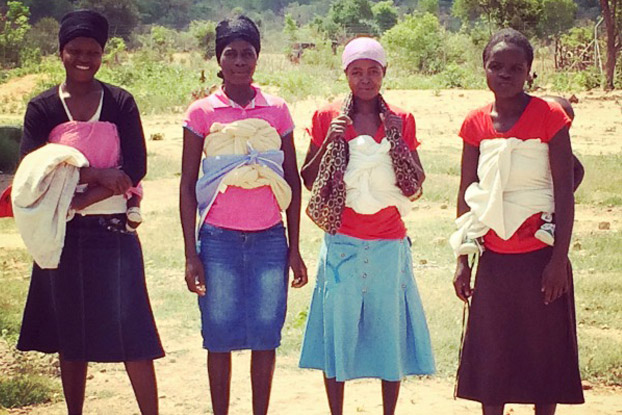
If an attendant could be found for a home birth, they were often older women who traveled around delivering babies. Without proper training, both the mother and baby were exposed to dangerous practices and conditions, like the umbilical cord being cut with scissors wiped clean on cloth and used again shortly after for another birth.
I interviewed two women who were willing to talk about losing a baby during their childbearing years. One woman lost a baby at 11 months to diarrhea. Another had a stillbirth, then a late-term pregnancy loss.
What I wanted to know was: What happened after this? I’d heard, even prior to my trip, that in many developing countries women were unable to grieve the loss of a baby due to superstitions that acknowledgement would cause another loss.
They confirmed what I’d thought. The mama who lost her 11 month old was able to grieve publicly and a little longer because the baby had been a part of the village. The mama with the baby who was stillborn was able to see the baby after birth, and women in the village buried it after. Her baby who passed away during a late-term miscarriage was simply disposed of, and she was never able to speak of either to anyone but her husband for a short time after.
One of the many problems with these superstitions and views of pregnancy is how much it limits the ways for women to heal, both emotionally and physically, after the loss of a child. WHO recommends at least six months between pregnancies where the first ended in miscarriage or stillbirth, and 24 months after a live birth. As a mama who knows the pain of losing children, I also know the deep desire to make that pain go away. Many of us who experience a loss of this kind want to become pregnant again as quickly as possible — easing the pain and bringing home a child we’d prepared our lives for.
Without proper care, guidance, education, and the encouragement of others around the mother to take time to grieve, the solution seems to be trying for another pregnancy. This can cause all kinds of complications with the mother and child’s health and also for the immediate family if their mother and wife becomes ill or they have a sick child.
World Vision equips local faith leaders to address these critical health needs of mothers and young children, using a community engagement model called Channels of Hope. By addressing the cultural values that influence the healthy timing and spacing of pregnancy, faith leaders not only promote better pregnancy outcomes, but also raise awareness on the need for mothers to be cared for during and after, even if the baby doesn’t come home. When both the men and women understand how bodies create and care for an unborn child, they can see the need for a period of waiting in between pregnancies.
More than this, these communities are becoming strong advocates for maternal and child health and are partnering with their local and district governments to scale up change and ensure it lasts, long after World Vision is finished in a community. World Vision advocates in the U.S. can also stand with these mothers in asking the U.S. government to support life-saving foreign assistance that prioritizes the health of mothers and infants.
Diana Stone blogs about motherhood, loss, and healing in her own life at Diana Wrote.
To learn more about how you can advocate for improved health for mothers and young children, visit World Vision Advocacy.
Support World Vision’s work in Zimbabwe to improve the health and well-being of children and mothers. Sponsor a child in Zimbabwe today!
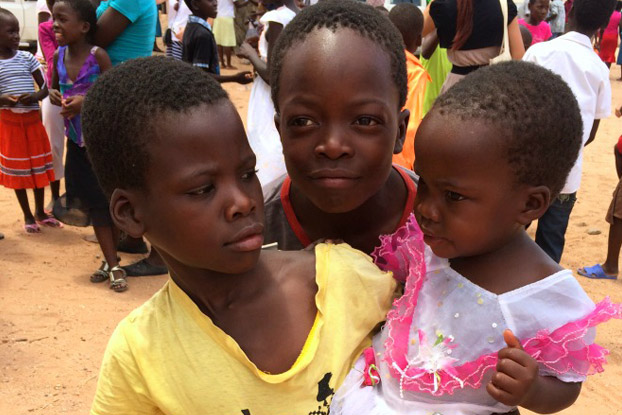
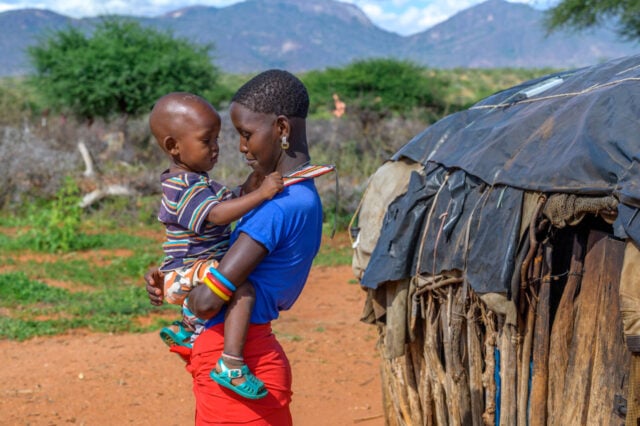
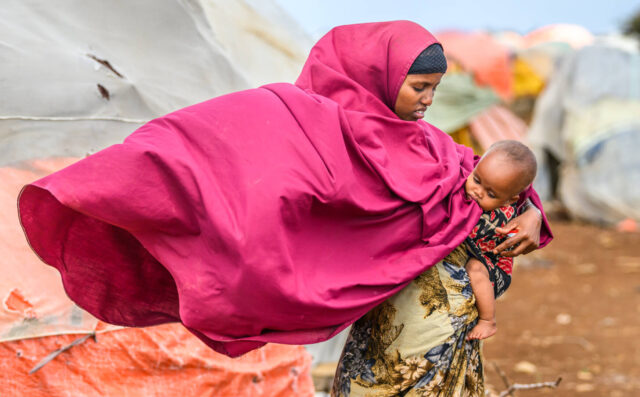
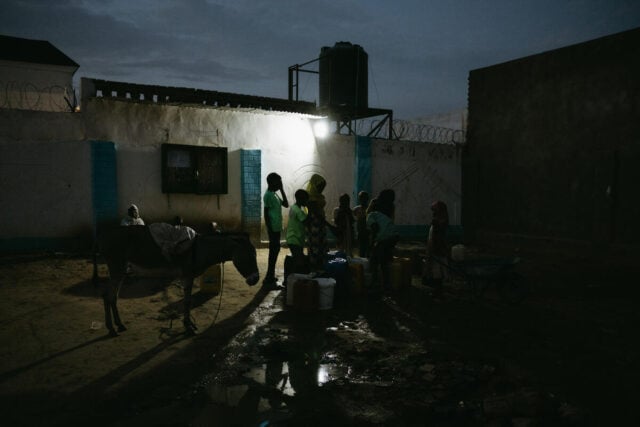
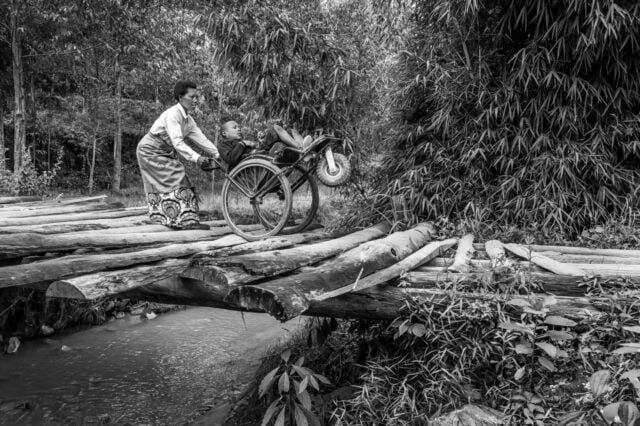
Comments